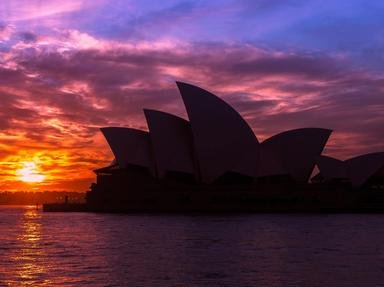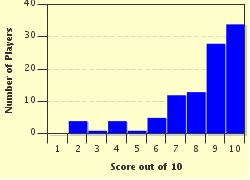Quiz Answer Key and Fun Facts
1. The first European to set foot on Australia was the rather confused Dutchman, Willem Janszoon. What was rather comical about that?
2. During a voyage of exploration to the southern parts of the Pacific in 1606, Luis Vaez de Torres sailed incredibly close to the far north tip of Australia, unseen by any European up until then. What is unusual about this?
3. In 1616, the Dutch explorer, Dirk Hartog, landed on the west coast of Australia. What did he leave behind?
4. Christened after the previous name for Indonesia's capital city, what was the 1629 Dutch ship that had a dreadful connection to Western Australia?
5. In 1642, which intrepid Dutch explorer missed mainland Australia altogether, but discovered a small island to its south that he called Van Diemen's land?
6. The first Englishman set foot in Australia in 1688. What was his name?
7. The elusive east coast of Australia was finally charted in 1770. Which great English sailor achieved this feat?
8. One reason Australia was settled so quickly after the discovery of the east coast by Captain Cook in 1770 was due to the American Revolution. In what way?
9. One reason Australia was settled so quickly after the discovery of the east coast by Captain Cook had an international rationale. In what way?
10. One reason Australia was settled so quickly after the discovery of the east coast by Captain Cook was to do with where prisoners were being housed in Britain. Where was that?
Source: Author
Creedy
This quiz was reviewed by FunTrivia editor
bloomsby before going online.
Any errors found in FunTrivia content are routinely corrected through our feedback system.

